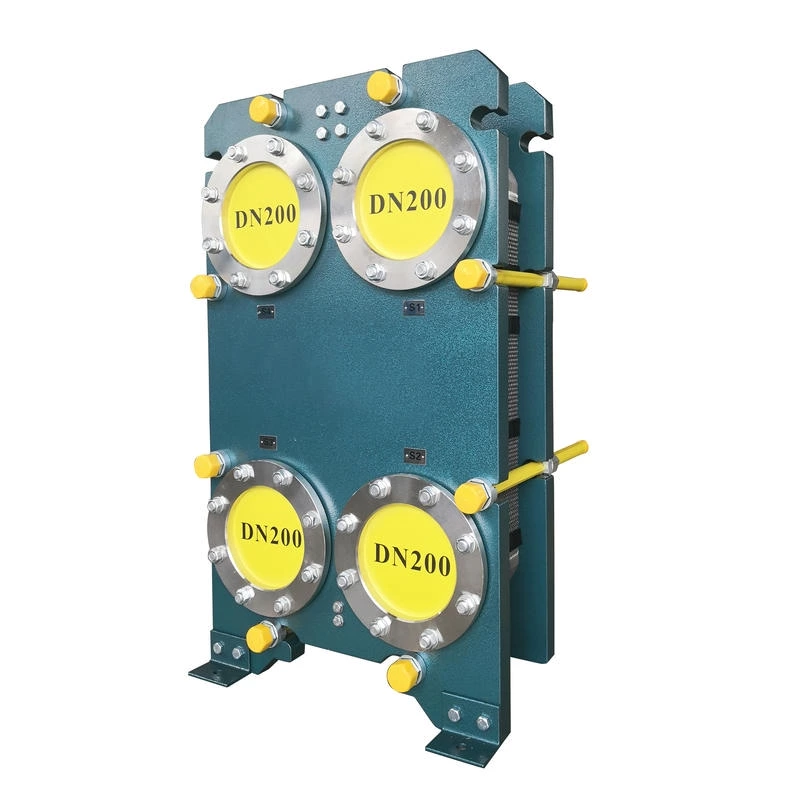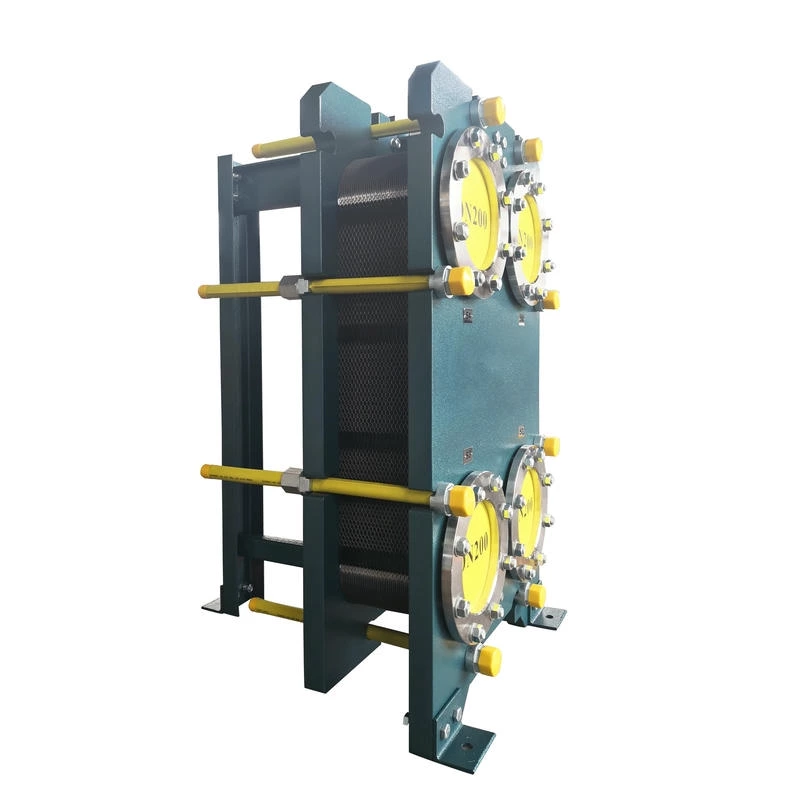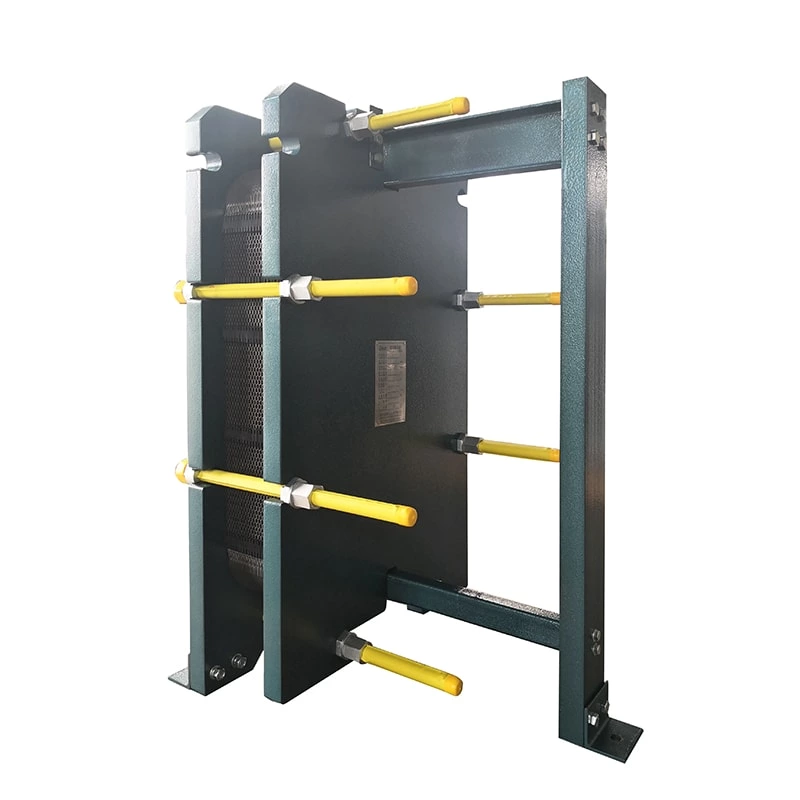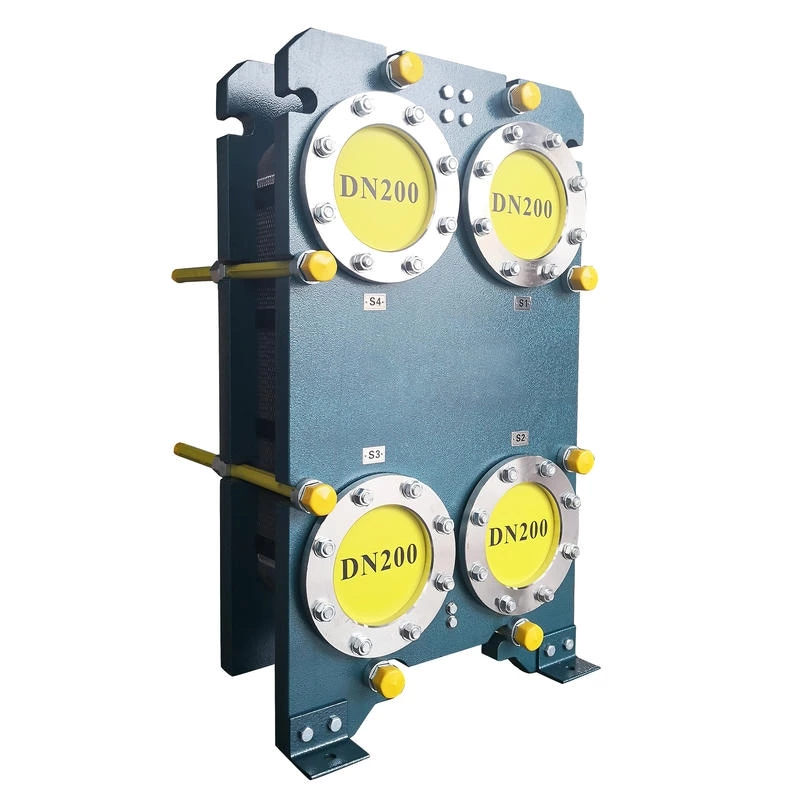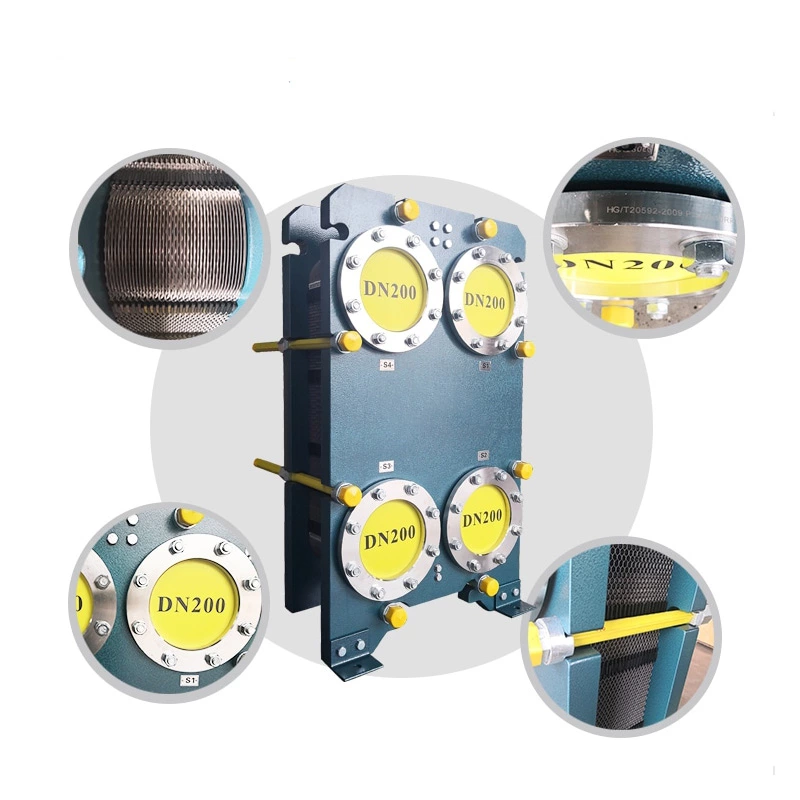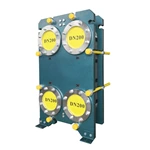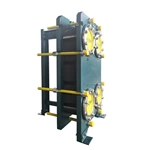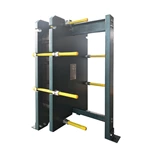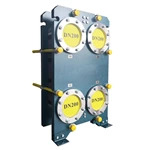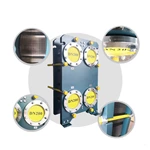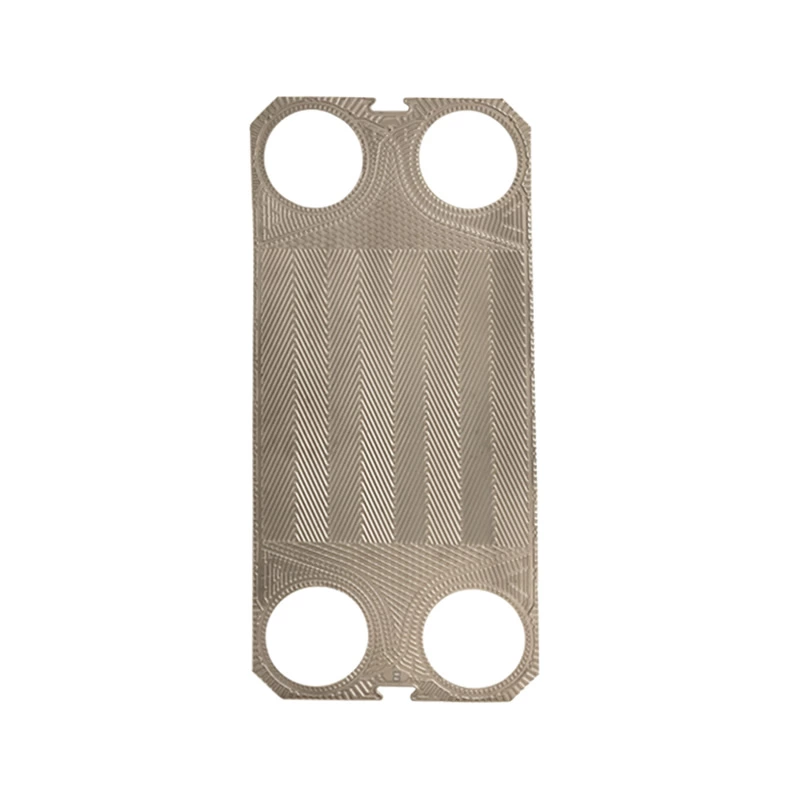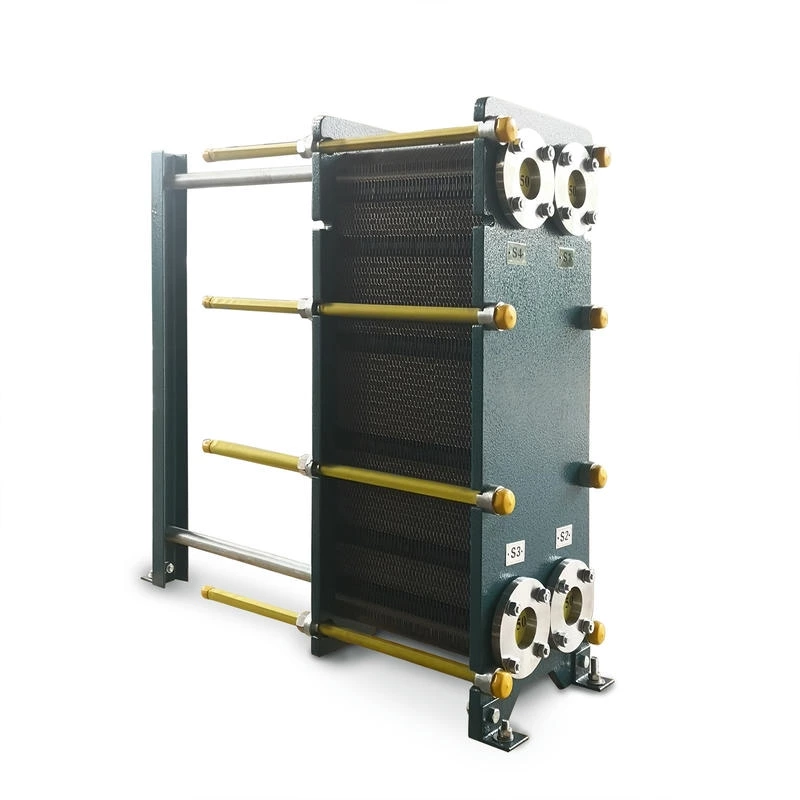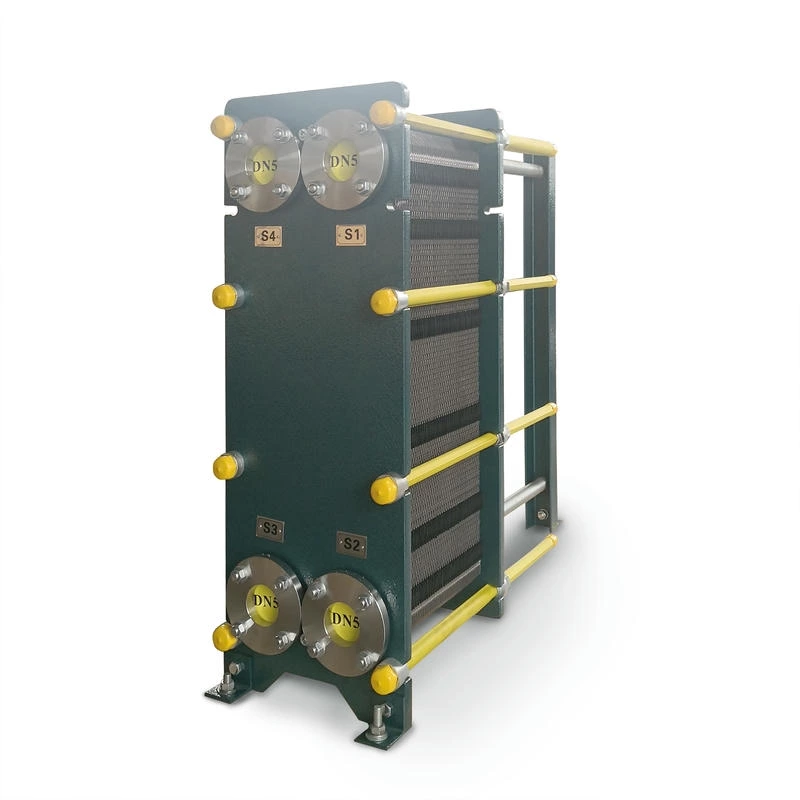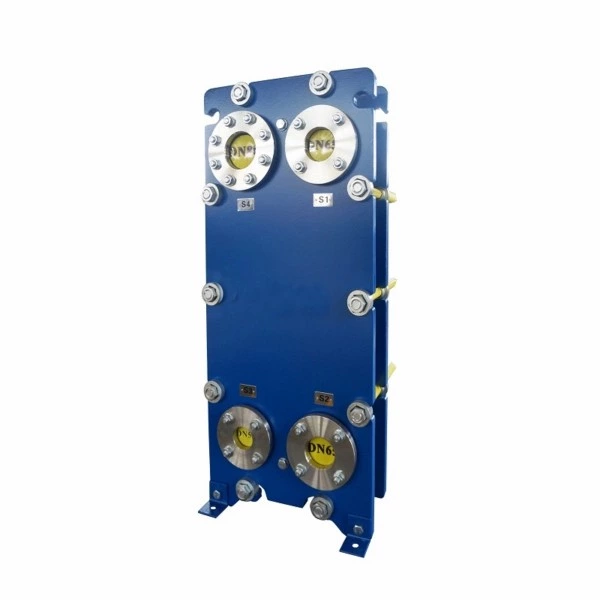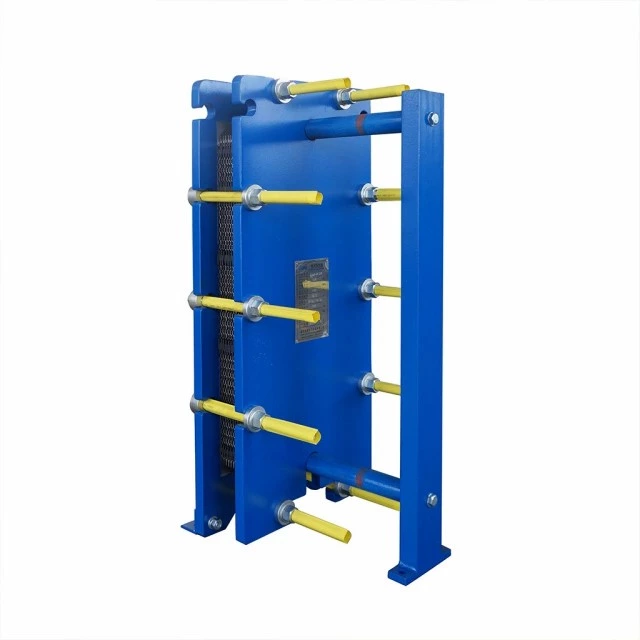Plate Condenser TS20M
The plate heat exchanger forms a heat transfer channel by superimposing multiple layers of corrugated metal plates, and realizes heat exchange between cold and hot fluids by using complex flow channels formed between plates.
Characteristics
Efficient heat transfer
The corrugated plates generate intense turbulence, with a heat transfer coefficient that can reach 3 to 5 times that of shell and tube heat exchangers, effectively reducing the heat exchange area.
Compact and energy-saving
Its volume is only 30% to 50% of that of traditional heat exchangers, reducing the installation space. The temperature difference is small, and the low-temperature waste heat can be recovered.
Modular design
The capacity can be adjusted by increasing or decreasing the number of plates to meet the requirements of different working conditions.
Convenient maintenance
It can be completely disassembled for cleaning and is suitable for handling fluids that are prone to scaling or viscous.
Low retention volume
The flow channel volume is small, reducing medium residue and making it suitable for expensive or sensitive fluids.
